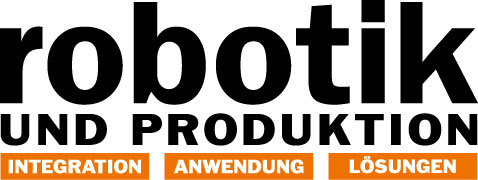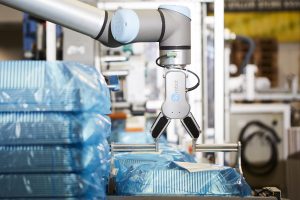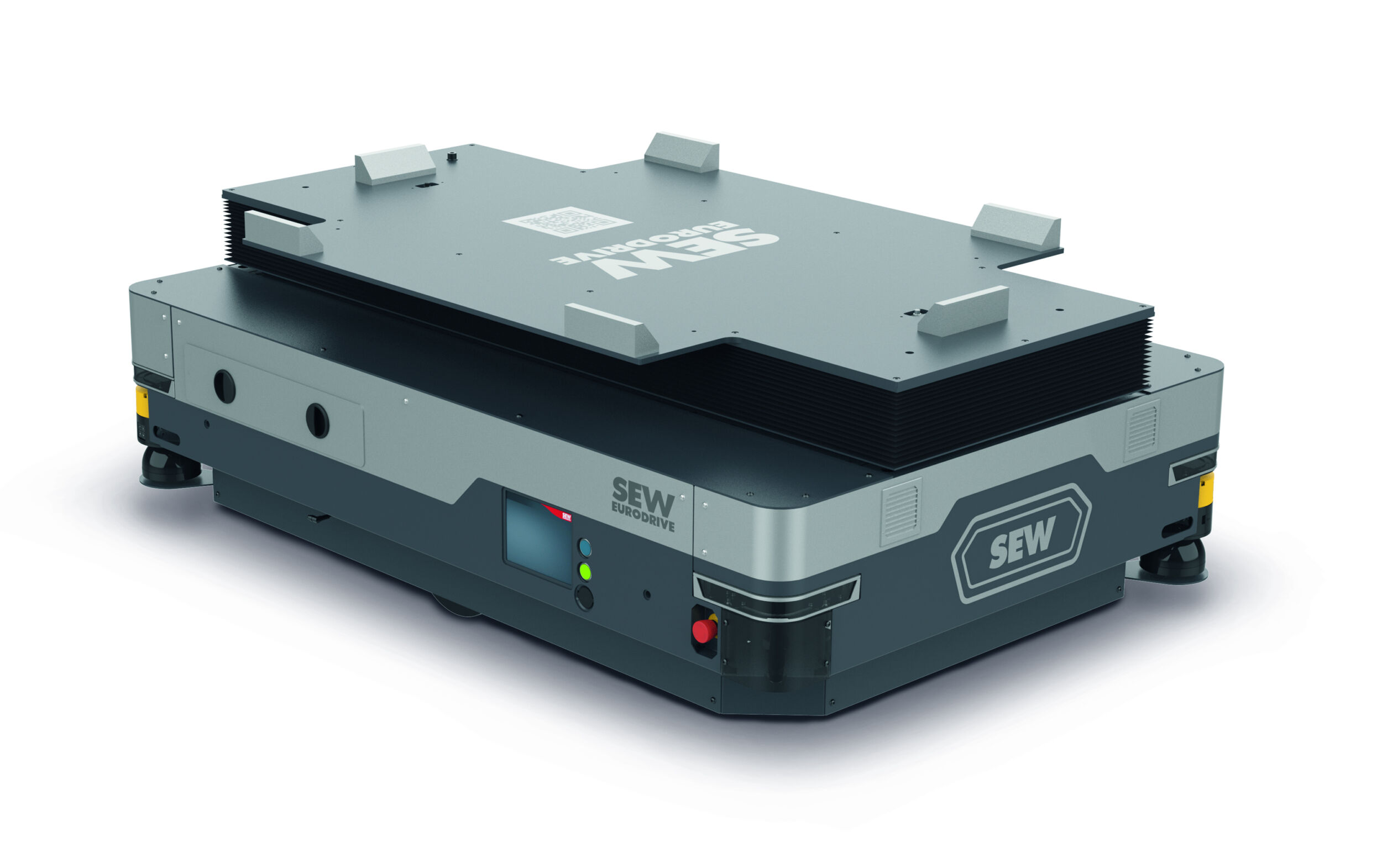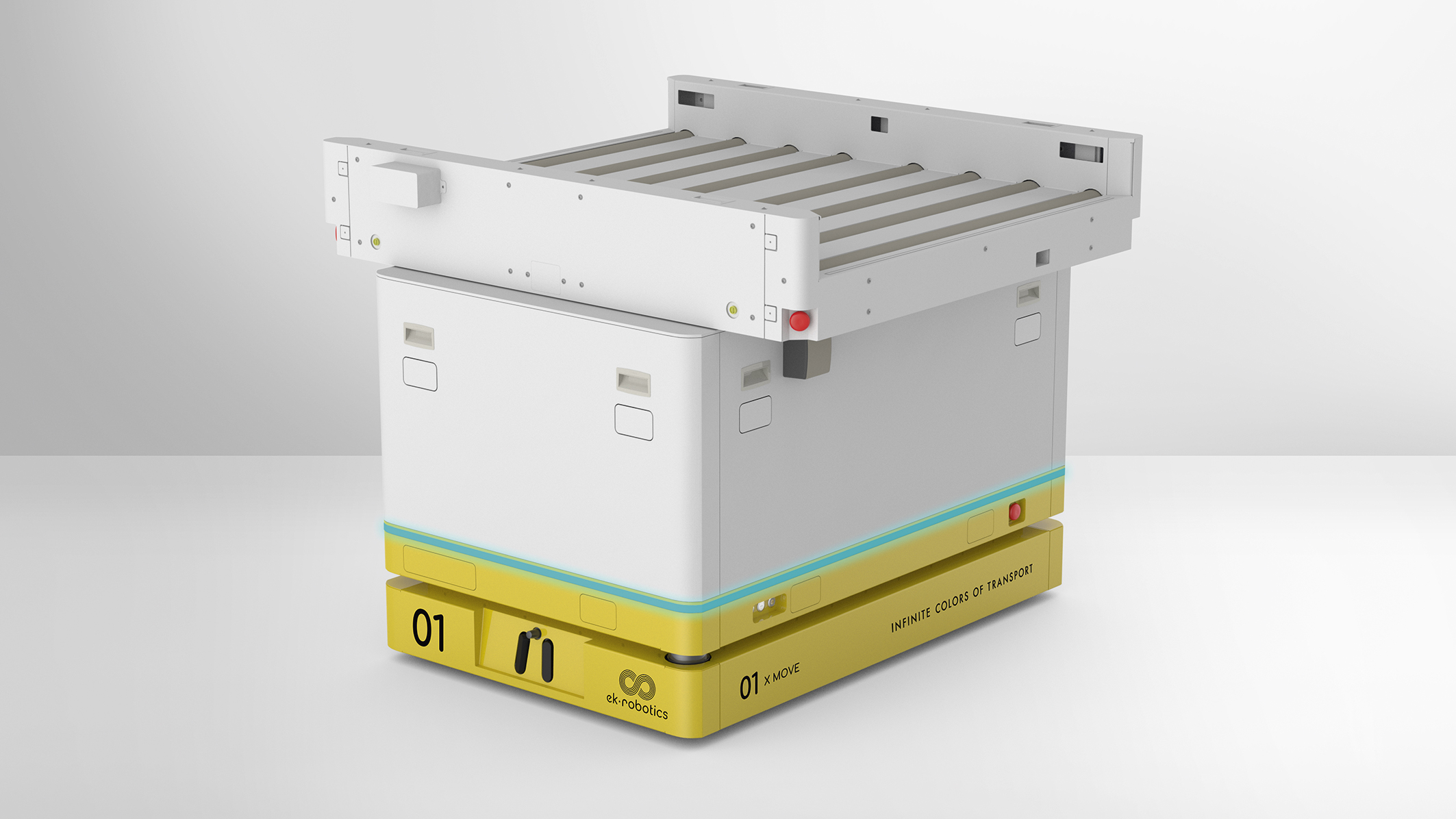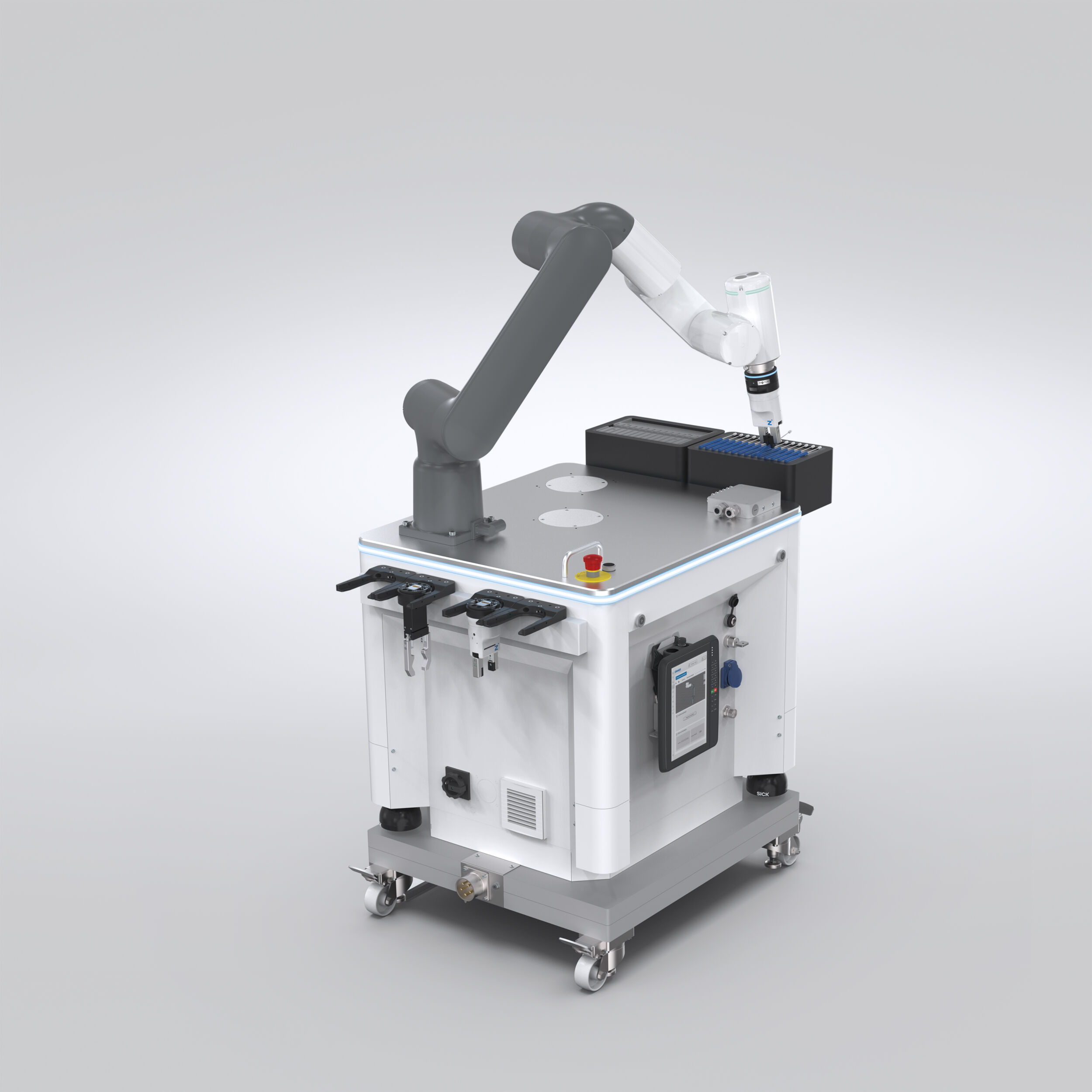Shoulders and Arms at Plus Pack Relieved by OnRobot’s Flexible End-of-Arm Tools
Now, packaging can be done even faster and without the employees suffering physical strain. Plus Pack reaps the benefits of an improved working environment and a significant boost in productivity after selecting OnRobot’s End-of-Arm tools, which can be adjusted to each specific order rolling in from Plus Pack’s customers.
For several generations, Plus Pack has been at the head of the pack among producers of food packaging. The company has continually developed new products that are more or less environmentally friendly, having received several international awards for this work. And not only the green revolution, but also the working environment for their more than 200 employees is given high priority by the company. The working environment in particular is one of the reasons for focusing on automation. It is used particularly where heavy and monotone tasks can be taken from the employees to be done by collaborative robots, says strategic project manager Bastian Fietje: »The work station where we use the gripping arm from OnRobot replaces a packaging process where the operator used to work manually on stacking products on top of each other, pressing out the air between them. The manual process required a lot of repeated heavy lifting and a lot of stress on the shoulders. We have removed this physical strain from the employees,« he says.
Unproblematic solution
And certainly, there is no reason to wait before automating the production. At Plus Pack, the implementation of the End-of-Arm tool from OnRobot has been fast and unproblematic, says project manager Simon Laigaard: »In our opinion, the OnRobot gripping arm is easy to work with. By adjusting four screws, we can change the fingertips on the gripping arm, making it precisely suited for the individual product. If we had opted for building separate tools for each product, the cost would have been significantly higher than with this solution, where the gripping arm is easily adjustable. We ran some tests with the gripping arm in the lab, and the programming was done in a few days. After that, it took just 30 minutes to implement the gripping arm at full speed in the packaging line,« he says.
A definite recommendation of OnRobot
As stated, one of the reasons to use collaborative robots is the working environment. Another reason is productivity, which becomes very flexible by using gripping arms from OnRobot, says Bastian Fietje: »We manufacture a lot of different products, and we have a lot of different customers, for whom we manufacture customized packaging solutions. For this reason, we are always trying to optimize the products and the packaging process for each customer, which is something OnRobot’s End-of-Arm tools help us do. If you are planning to automate your production, I would definitely recommend gripping arms from OnRobot, as they offer the flexibility to create customized solutions suitable for specific needs. This is something we have never seen from other suppliers of End-of-Arm tools, he said.
A One Stop Shop for Collaborative Applications
OnRobot has created a single point of entry to find the right grippers and accessories for collaborative robots of any brand. Implementation is easy because all OnRobot products all have the same logic in programming and operation. Fully integrated software through OnRobot’s new One System Solution platform makes it quick to deploy and redeploy on any collaborative or light industrial robot arm for greater production flexibility. Installation and readjustments take from an hour to a day, and the programming time is 70 % faster than other solutions on the market.
